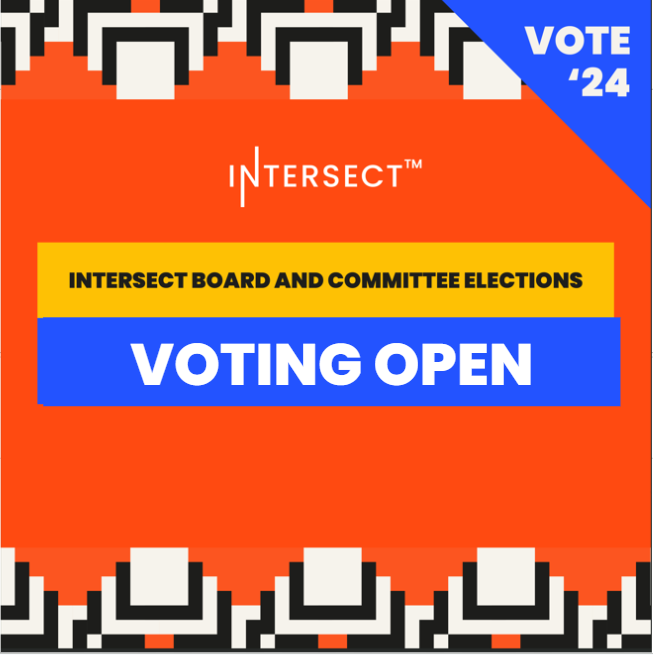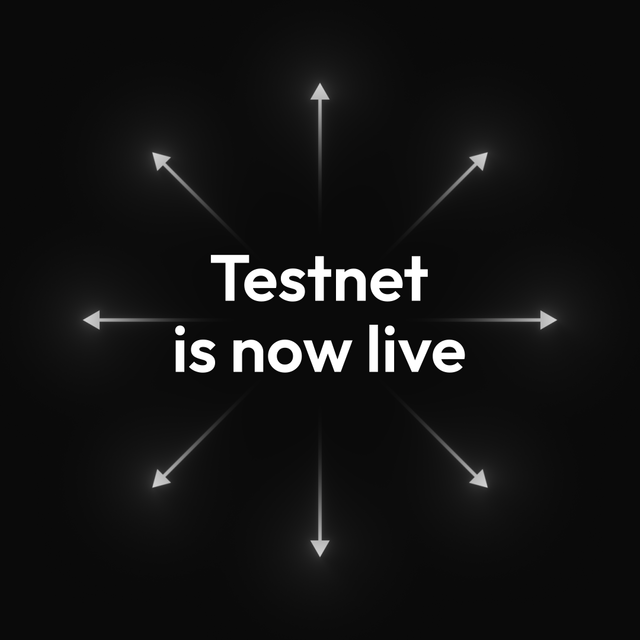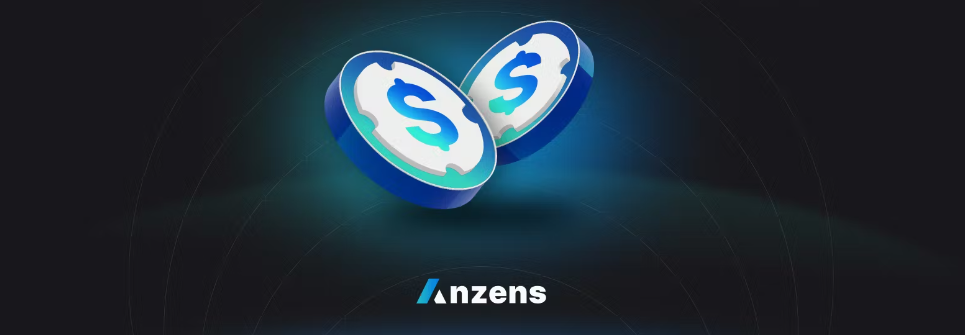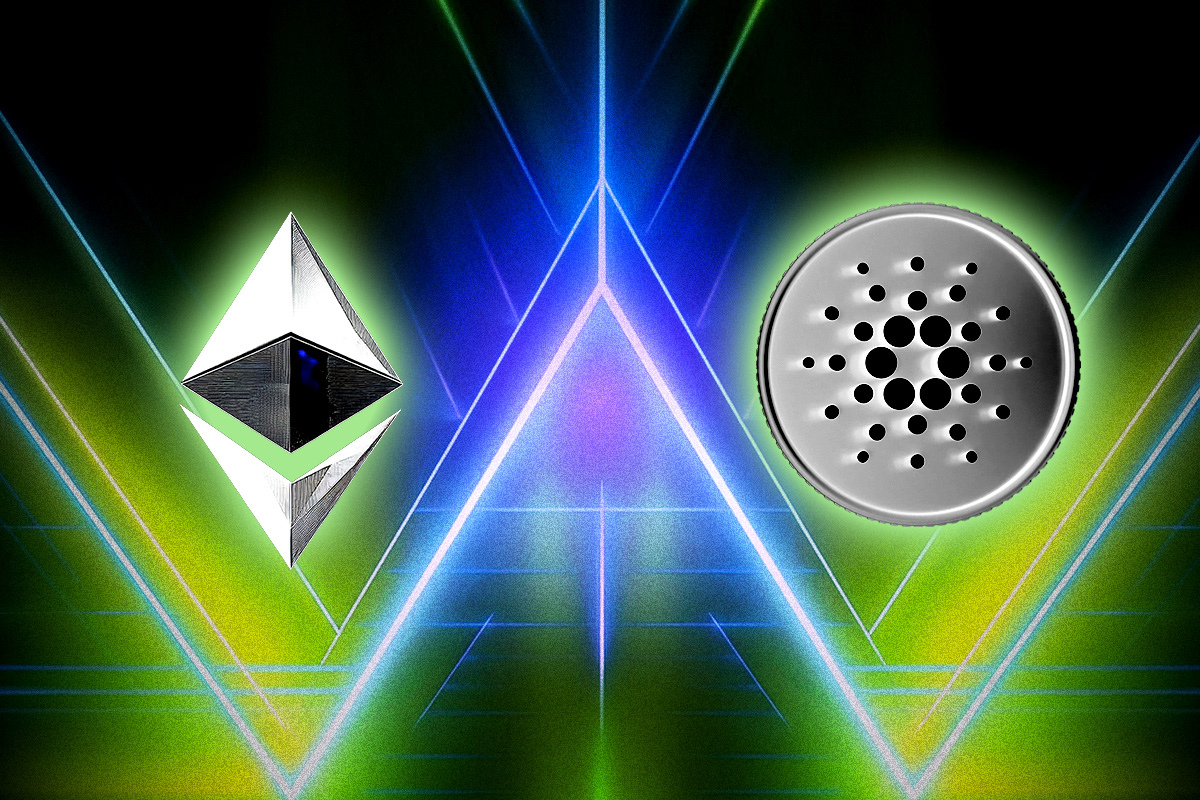Myth busting: Cardano has a CEO so it is not decentralized
It is said that "when a blockchain has a CEO, it is not decentralized". Cardano is a decentralized network and has no CEO. So who is Charles Hoskinson? He is the CEO of Input Output Global (IOG). Is the...
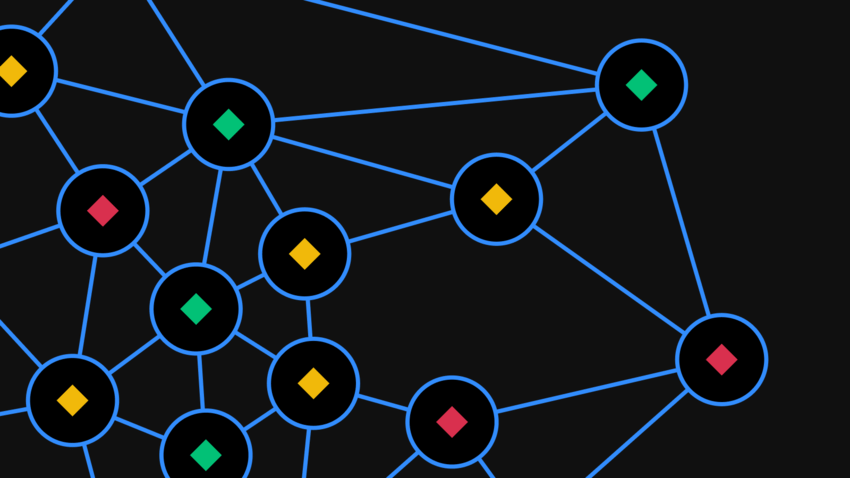
It is said that "when a blockchain has a CEO, it is not decentralized". Cardano is a decentralized network and has no CEO. So who is Charles Hoskinson? He is the CEO of Input Output Global (IOG). Is the Cardano network owned by IOG? We will show that this is not true either. Let's find the line between a team building a blockchain project and a decentralized network.
TLDR:
- Every decentralized network needs a team.
- The source code is the boundary between the team and the decentralized network.
- Charles Hoskinson has a similar role for Cardano as Adam Back has for Bitcoin. Charles is CEO of IOG and Adam is CEO of VC-backed company Blockstream.
A decentralized network is owned by the community
A chief executive officer (CEO) is the highest-ranking executive in a company. The CEO might be the owner of the company. CEOs manage the overall operations of a company. While every company differs, CEOs are often responsible for expanding the company, driving profitability, and in the case of public companies, improving share prices. The CEO has maximum control over the operation of the company and basically decides who will be his employee. This is where the operation of a regular company begins to differ fundamentally from building a decentralized network.
The IOG team is responsible for the source code of the Cardano client. Anyone who wants to volunteer to run the Cardano network downloads the client and runs it on their computer. Importantly, the IOG team has no control over the Cardano network. Neither the CEO nor the IOG team can control who installs the client. Pool operators and stakers are not IOG employees.
The Cardano network is owned by those who own ADA coins. If someone wants to become a pool operator, all they need are ADA coins, their own hardware, and an internet connection. ADA coin holders can only be rewarded by the Cardano network for doing work that is in line with what the network needs. Note that transaction fees are a profit for Cardano, not for IOG. Cardano has rules defined in the source code that dictate how to use the profit and how the monetary expansion (one of the sources of rewards) should work. A closed economy works in the Cardano network over which IOG has almost no control.
Charles Hoskinson doesn't have a STOP button on his computer to shut down the Cardano network. Nothing like that can exist in principle, because the network works thanks to volunteers whose number is constantly growing and who do not know each other. There is no mechanism that allows Charles or the IOG to communicate directly with pool operators and delegates. There are only indirect channels of communication, such as social networks.
Cardano is a platform and its success will grow thanks to third-party developers building their own businesses on top of it. IOG has no control over that either. IOG has control over the quality of the network, for example, the scalability, the quality of decentralization, or the quality of the Plutus platform. However, IOG does not enter into any contracts with anyone regarding the use of the network or the platform.
It is important to note that the source code is open and available to everyone in the world. The same applies to academic studies. There is no patent related to the Cardano network. This means that IOG and Charles can disappear from the world tomorrow and the Cardano network will continue to function and its technological development can continue. No copyright law will be infringed.
Cardano is a decentralized network with its own internal economy. Cardano is essentially like the Internet, available to everyone in the world. The Plutus platform is basically something like the Java platform. Anyone in the world can write their own program in Java and create their own business. In doing so, you don't have to worry about how Oracle, which owns the Java platform, is doing. Oracle has no direct control over who uses Java and for what. As the author of a commercially successful application written in Java, you don't have to pay Oracle anything. Something similar is Cardano. Cardano is an existing ecosystem over which the IOG or Charles has no control.
In a typical Internet company like Amazon, Google, Meta, and others, all profits belong to the company or its shareholders. Profit is redistributed and the CEO usually gets paid the most. In order to maintain its dominance, the company retains control over the operation of the network. The source code is not open-sourced. If an ordinary IT firm is forced by the government to shut down the service, the firm can do so immediately, since it owns all the servers on which the service runs (or has control over them). This is a huge difference compared to a regular blockchain network.
If the IOG wanted control of the Cardano network, it would have to buy ADA coins on the open market. Arguably, if the ADA coins were worth more, it could be a profit for IOG. However, by selling the coins, they would again lose influence. Cardano had a fair initial distribution of coins, so the team only owns a small percentage of the total amount of coins in circulation. This is also different from many other projects where teams (along with VC funds) own easily more than half of the coins.
The source code is the boundary between the network and IOG
The IOG (and Charles) have control over the source code, in which they can theoretically change all they want. In practice, however, this is not possible. It is important to know that changes made may not be accepted by the community. There is a sort of unwritten social contract between the team and the community that forces the team to only do what the community demands. This works not only for Cardano but also for Bitcoin or Ethereum. If a team wants to change monetary policy without the majority consent of the community, it will fail. A change in the source code is not enough to make a change. In order to change how the network works, people need to install a new version of the client. Note that the team is very limited in what it can change in the code.
In a normal IT company, the team does what the CEO says and the change gets deployed regardless of what the customers or users think. The CEO is only interested in profit and is willing to sacrifice the dissatisfaction of some users as long as revenues are higher. Users have no idea what is going on in the background of the services they use. As I said, the source code is not publicly available. So it is not possible for users to somehow rebel and create their own version of, say, Amazon or Facebook.
On the other hand, the quality of the source code can significantly improve the efficiency of the Cardano network. The research, innovation, and implementation of new features are the responsibility of the IOG team. The community expects Cardano to be a technology leader and is unable to achieve this on its own without the team.
Every community around a blockchain network needs someone to maintain the source code and work on innovations. It is assumed that the team knows what to do and will communicate changes in the source code openly. The level and quality of communication can vary significantly between projects. Importantly, any user can look at the changelog and even GitHub before installing a new version of the client. The community largely controls what the team does.
The source code boundary can be seen as a transition between the centralized and decentralized worlds. While the network is decentralized, the team working on the source code will always be centralized. Individual developers need to communicate with each other. They review each other's changes. One of them, or a larger group, has the right to incorporate new changes into the source code, essentially controlling the list of changes that will be included in the new client.
600 people from 60 countries work for IOG. Although the team is decentralized in terms of geographical location, it is necessary to ensure coordination of their work. This requires central management. For such a large team, it is appropriate to have a CEO. CEO is just a name for a leader. A different blockchain project may have a smaller team, so CEO would be too lofty a term for a leader. However, that doesn't mean that the team doesn't have a natural authority figure who is strong.
Fans of the Bitcoin project sometimes mistakenly think that having a CEO means that the network is centralized. This is a big misconception, and as we have explained, the management of software development has nothing to do with the quality of the decentralization of the network. Let's see who is developing Bitcoin and if we can find any parallels with the development of Cardano.
Bitcoin is also the software that is maintained by the team. I hope this is no surprise to anyone. If you look at the last 10 Bitcoin Improvement Proposals (BIP), you will only see 2 names: Andrew Chow and Pieter Wuille. These two developers both work for the VC-backed company Blockstream. Adam Back is the CEO of Blockstream. So can we say that Adam Back is the CEO of Bitcoin? Adam Back has exactly the same role as Charles Hoskinson. Both CEOs run a company that has influence over the development of a decentralized network.
Blockstream has several other employees. IOG differs only in that it has hundreds of employees. In principle, Blockstream has a very similar meaning for Bitcoin as IOG has for Cardano. You may notice one more difference. Blockstream is a VC-backed company, while IOG is not. One could say that IOG is freer in decision-making and is not forced by investors to do what they want. IOG can listen more to the community's wishes.
A significant difference between Charles Hoskinson and Adam Back is that Charles is more visible on social media and is not afraid to interact with the community. Adam Back keeps a more low profile. However, this difference in behavior does not affect the decentralization of the network. I see the fact that Charles is more visible and explicitly communicates about the project, its mission, and its future as more of a positive. Cardano is a project whose future is based on the development of technology. It is important to talk about it.
Bitcoin is largely perceived as a finished project, so maybe that's why Adam Back is keeping more in the shadows. Another reason may be that Adam Back does not want to be referred to as the CEO of the Bitcoin project. He knows well that the Bitcoin community uses the “CEO argument” in the case of other projects, so he is slipping on thin ice. However, the facts speak clearly. Adam Back is the CEO of the VC-backed company Blockstream which pays 2 developers who are signed under the last 10 BIPs. Blockstream essentially runs the development of Bitcoin.
Conclusion
Let's do it again. Cardano doesn't have a CEO. Charles Hoskinson is the CEO of IOG. Cardano is owned by the community through ADA coins. The boundary between the network and the team is the source code, over whose acceptance the community still has a lot of influence. It doesn't matter if we call the person who manages the team CEO, leader, king, or whatever. Every team has a natural authority. Charles Hoskinson is a beloved member of the Cardano community and does a lot of useful work for the project. He is a natural follower of Satoshi Nakamoto's ideas and a big fan of decentralization.
If one considers Charles Hoskinson to be the CEO of the Cardano project, one must analogously consider Adam Back to be the CEO of the Bitcoin project. In both cases, this is a very inaccurate and misleading designation. People should see the difference between developing software and operating a decentralized network that is independent of companies developing software.
Delegate Your Voting Power to FEED DRep in Cardano Governance.
DRep ID: drep12ukt4ctzmtf6l5rj76cddgf3dvuy0lfz7uky08jfvgr9ugaapz4 | We are driven to register as a DRep by our deep dedication to the Cardano ecosystem and our aspiration to take an active role in its development, ensuring that its progress stays true to the principles of decentralization, security, and community empowerment.DELEGATE VOTING POWER!

